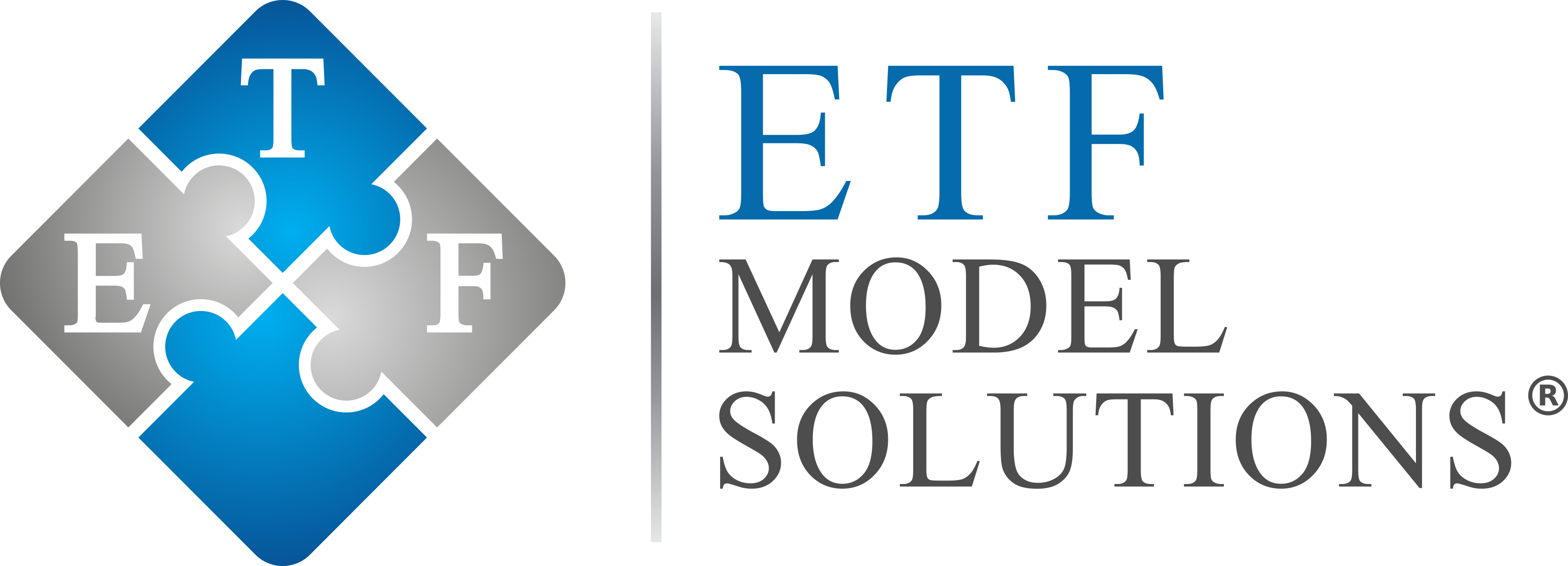DC Plans Can Benefit by Adopting DB Plan Best Practices
A presentation by Robert C. Merton at Plan Sponsor Council of America’s 2014 National Conference highlighted several best practices used by defined benefit plans that could be adopted by defined contribution plans to help improve plan outcomes. The two areas of focus were on communication with participants and on investment selection. For example, since […]
A Better Option Than Target Date Funds
An article titled “A Better Option Than Target-Date Funds” written by Prateek Mehrotra, CIO of ETF Model SoTMlutions and Endowment Wealth ManagementTM was recently published in the Industry Voices column on PlanSponsor.com. In the article, Prateek discusses the following drawbacks of TDFs: TDFs assume a “one-size fits all” and fail to take into account unique […]
List of Best and Worst 401(k) plans
Check out the following link with the above listing. Surprised to see Facebook ranked at the bottom! http://www.bloomberg.com/visual-data/best-and-worst/best-401-k-plans-companies (Source: Bloomberg)
3 Big Shortcomings of Target Date Funds
Asset growth in Target Date Funds (“TDFs”) in defined contribution plans has been phenomenal the past few years, primarily because the trend in plan design features such as automatic enrollment and being deemed qualified default investment alternatives. Respondents in a Callen Associates survey indicated that the total percentage of defined contribution plan assets in TDFs as of 12/31/2013 was 21.12%, […]
Understanding Fiduciary Protection from Retirement Plan Service Providers
Employers of defined contribution/401(k) and defined benefit must fulfill certain obligations and adhere to standards of conduct under ERISA rules with respect to the defined contribution and/or defined benefit plans they establish. These obligations can be completed by internal staff through an administrative committee or through the human resources department. However, in many cases, employers […]
Time to Consider a Collective Trust?
A recent article in PLANADVISER highlights some of the benefits of Collective Trusts. The article, “Time to Consider a Collective Trust?”, John Manganaro provides an overview of Collective Trusts, how they are used, and why they are appealing alternatives to target date or balanced funds. Interest in Collective Investment Trusts (CITs), which are also known as […]
12 common 401(k) compliance errors
According to the IRS, the most common errors in connection with qualified plans, and specifically a 401(k) defined contribution plan, are as follows: Failure to update the required plan document to reflect required mandatory law changes governing 401(k) plans Failure to follow the terms of the plan document in operation, generally as to those common […]
Advisors Improve 401(k) Plan Satisfaction of Small Business Owners
Survey shows small business owners that work with a financial advisor are more satisfied with their 401(k) Plan. A recently published survey of employers regarding their 401(k) Plan offered several insights into the impact that 401(k) Plans have for employers that have between 25 and 250 employees. In summary: Plan Sponsors that work with a […]
Retirement Remains Americans’ Top Financial Worry
Is this a surprise? As per a recent Gallup survey, a majority of Americans, 59%, are worried about not having enough money for retirement, surpassing eight other financial matters. A majority of Americans have reported being “very” or “moderately” worried about retirement savings every year since 2001, illustrating that saving for retirement disquiets Americans in both […]
Best Practices in 401(k) and 403(b) plan design
A leading-edge 401(k) or 403(b) plan should consider the following plan design features: Immediate eligibility to make employee deferral contributions with a one-year wait period to receive employer matching contributions; Automatic enrollment at an employee deferral contribution rate of between 3% and 6% and automatic employee deferral escalation of 1% each year up to a maximum 10% […]
